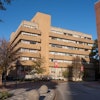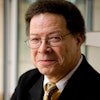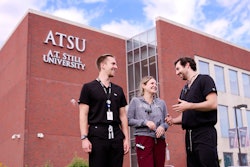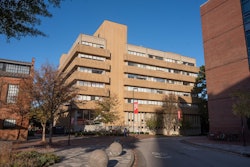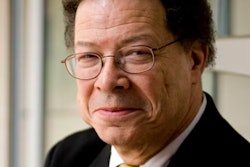Some U.S. congressional leaders are calling projects funded by the United States Agency for International Develop it (USAID) at historically Black American institutions working in South Africa examples of “reverse discrimination.”
Continuing U.S. support, however, is essential to both countries. While U.S. political leaders debate our policy toward South Africa, a minor miracle is under way in that region of the world. It strikes a deep chord in the American psyche, and there are many lessons to be learned there.
The miracle is called “reconciliation.” It is part of the theme of President Nelson Mandela’s government, and it possibly may help to hold the country together as it travels the road to political, economic, and social reform. Essentially, it asks dis-enfranchised Black South Africans to acknowledge the country’s apology for the past, to work toward healing the profound rift in South Africa, and not to dwell on past recriminations.
We recently witnessed a moving symbol of President Mandela’s new policy. From 1970 to 1993, the University of Natal, a historically white institution which supported a Black medical school, shut its Black students out of university life in the name of apartheid. In protest, these students refused to attend their commencement. The university invited them back on December 5, 1995, for a Reconciliation Graduation ceremony. More than 500 Black, colored, and Asian South African practicing physicians, two of whom serve in Mandela’s cabinet, accepted the university’s apology and received public affirmation of their M.D. degrees.
President Mandela’s agenda for progress in South Africa depends heavily on education, and the support of other countries is crucial. More than twenty countries–including England, Canada, Australia, Norway Japan, and Italy–have pledged support. The two of us were in South Africa to work out a Memorandum of Understanding between U.S. and South African academic institutions to establish the South African Health Care Initiative at the express wish of President Mandela.
Under apartheid, three-quarters of the government’s health-care system served less than 20 percent of the South African population. Historically white medical schools received the lion’s share of health care research and training funds.
As a result, nearly half of today’s South Africans lack adequate housing, sanitation, and safe water. Four historically Black U.S. institutions–Drew University of Medicine and Science in Los Angeles, Howard University College of Medicine in Washington, D.C., Meharry Medical College in Nashville, and Morehouse School of Medicine in Atlanta–and three South African institutions–the Medical University of Southern Africa, the University of Natal, and the University of Transkei–have formed a consortium along with Virginia Commonwealth University to work with the National Department of Health and academic institutions in South Africa to carry out President Mandela’s initiative. The historically Black U.S. institutions have amassed experience in training African-Americans to become health-care providers for disadvantaged communities.

